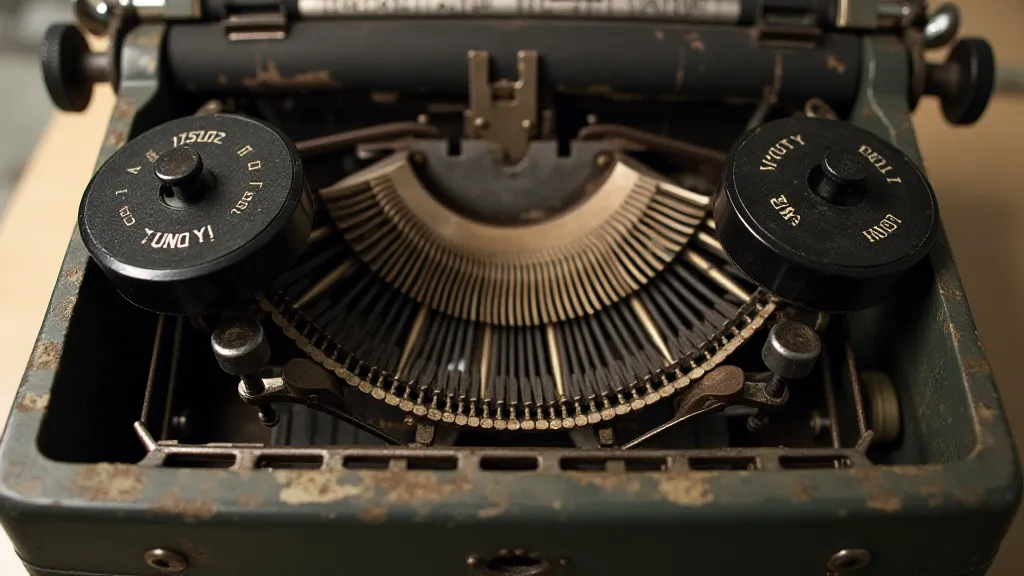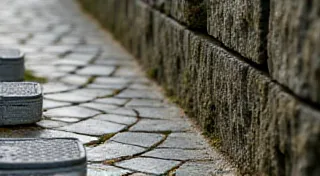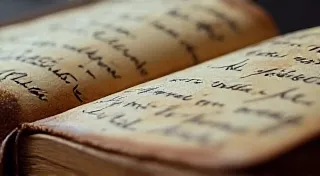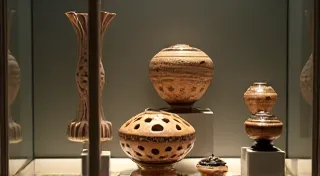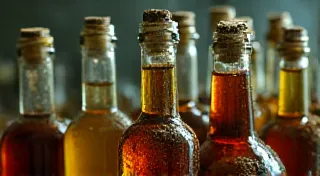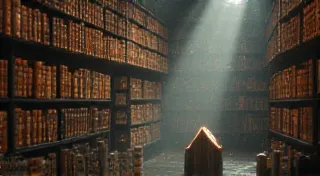A Tapestry of Time: Weaving Together the Stories Held Within Ribbons
There's a quiet intimacy in holding an antique typewriter ribbon. It’s more than just a strip of fabric inked for correspondence; it’s a tangible link to generations of writers, thinkers, and storytellers. Each faded hue, each subtle fray, whispers of the hands that once guided the machine, the words that flowed from its keys, and the lives touched by those words. When we repair these ribbons, we’re not merely restoring a functional object; we're preserving a fragment of shared history, a thread in the vast and beautiful tapestry of human expression.
My own fascination began with my grandfather’s Underwood No. 5. It sat in his study, a silent sentinel, draped in a film of dust. He was a meticulous man, a history professor with a reverence for the past. He's the one who first taught me to appreciate the *sound* of a typewriter – the clack of the keys, the satisfying ding of the carriage return. He used only the richest, deepest black ribbons, and I remember the scent of the ink as he typed, a comforting aroma that evoked a sense of serious purpose. Seeing the brittle, cracked ribbons that remained stored alongside the typewriter sparked an initial curiosity which blossomed into a real passion.
The Life of a Ribbon: Beyond the Printed Word
Before we delve into the repair process, it's crucial to understand the ribbon’s lifecycle. Early typewriter ribbons, prevalent in the late 19th and early 20th centuries, were almost exclusively made of woven silk. Silk offered superior ink absorption and a softer, more consistent print quality compared to later materials like nylon. The manufacturing process was painstaking. Raw silk fibers were spun into thread, then woven on specialized looms – often powered by hand – to create the ribbon's core. This core was then meticulously adhered to a paper backing, and finally, the ink was applied. Imagine the skill and dedication required to produce these delicate, vital components!
As technology advanced, so too did ribbon construction. The introduction of nylon in the mid-20th century offered increased durability and affordability, making typewriting more accessible to a wider audience. However, the quality of the print often diminished. Early nylon ribbons were known to be somewhat porous, leading to bleeding and a less crisp impression. Understanding these nuances is vital when assessing the condition of an antique ribbon and determining the best course of repair. This decline in quality, while a pragmatic response to market demands, led to the emergence of new challenges for preservationists decades later. Sometimes, a perceived "failure" in the printing process, like ink bleed, can be reinterpreted as an opportunity for creative expression, as explored in articles like “Ink Bloom: Reimagining Ribbon Failure as Opportunity in Creative Writing”. This shift in perspective highlights the evolving relationship between technology, art, and our understanding of historical artifacts.
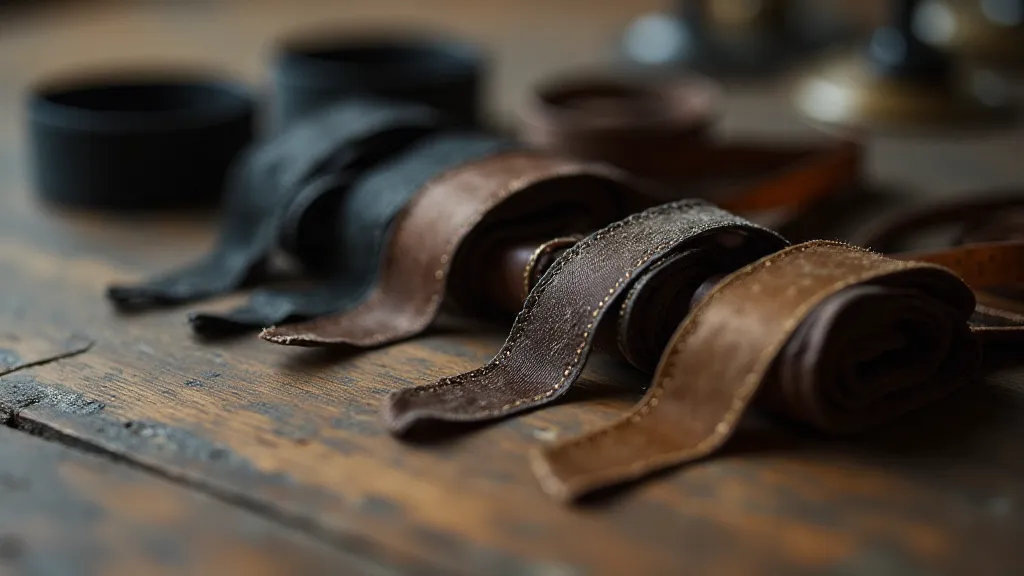
The Degradation of Time: Why Ribbons Need Our Care
The fragility of antique typewriter ribbons is a testament to the ravages of time. Prolonged exposure to light, air, and humidity can cause the silk or nylon to become brittle and discolored. The ink itself can bleed, fade, or even crumble. Acid migration from the paper backing further contributes to the degradation process, leaving the ribbon stained and weakened. It's a slow, relentless deterioration that, unchecked, results in a loss of a valuable piece of history.
One particularly heartbreaking scenario involves ribbons that have been stored in damp, poorly ventilated environments. The moisture causes the fibers to swell and distort, leading to a condition known as ‘cockling’ – where the ribbon becomes permanently warped and unusable. Even seemingly minor damage, like a small tear, can quickly escalate as the weakened fibers unravel. The fleeting nature of the impression on these ribbons is a poignant reminder of time's relentless march. The echoes of those impressions, the voices captured within the ink, are at risk of being silenced forever. The impermanence of these scripts contributes to the allure and urgency of preservation efforts. It compels us to consider the profound responsibility we bear in safeguarding these fragile vestiges of the past. Examining the ephemeral script and understanding its nuances further illustrates the challenges involved in preserving these precious artifacts. “Ephemeral Script: Embracing the Fleeting Nature of Typewriter Ink” explores the very essence of these quickly fading marks.
The Art of Repair: Gentle Intervention
Repairing antique typewriter ribbons is not a straightforward process. It demands patience, a delicate touch, and a deep understanding of the materials involved. Aggressive cleaning or harsh chemicals can cause irreparable damage. Instead, the focus should be on stabilization and minimal intervention.
The first step is often gentle cleaning. A soft brush and a specialized conservation sponge can be used to remove surface dust and debris. For more stubborn stains, a very dilute solution of distilled water can be applied, but with extreme caution. Any excess moisture must be immediately blotted away with acid-free blotting paper.
Tears and small holes can sometimes be mended using archival-quality Japanese tissue paper and a reversible adhesive. The tissue paper is carefully layered over the damaged area, ensuring that it doesn’t interfere with the printing surface. The adhesive is applied sparingly and allowed to dry completely before any further treatment is undertaken.
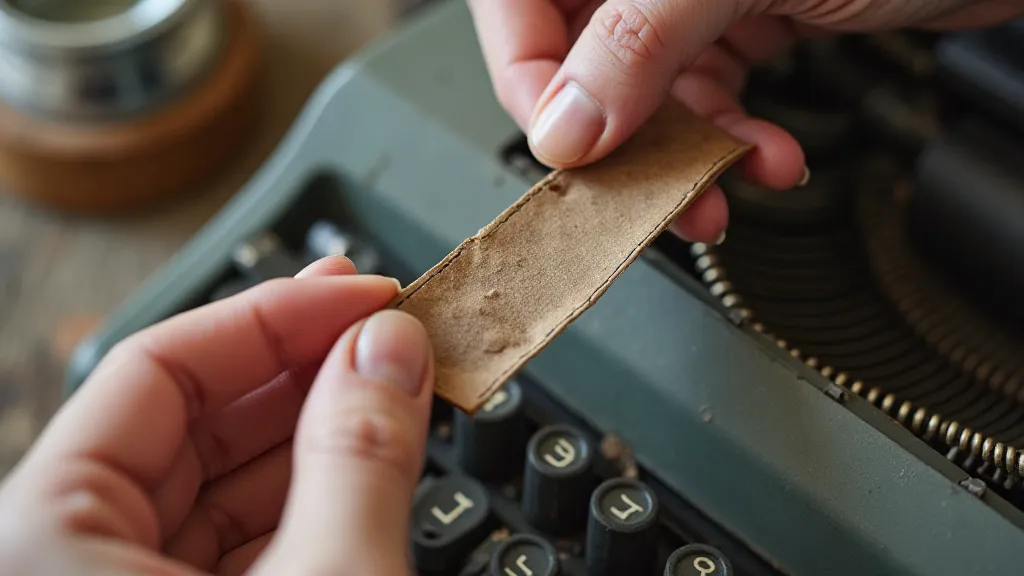
Beyond Restoration: Appreciation and Preservation
While repairing damaged ribbons is essential, it's equally important to prevent further degradation through proper storage and handling. Ideal storage conditions include a cool, dry, and dark environment, away from direct sunlight and extreme temperature fluctuations. Acid-free archival boxes and sleeves are invaluable for protecting ribbons from damage.
Beyond the technical aspects of repair, there's a profound sense of connection that arises from working with these historical artifacts. Holding a ribbon that may have witnessed the drafting of a novel, the composing of a love letter, or the recording of a vital historical event is a humbling experience. It reminds us that we are part of a continuum, linked to generations of writers and thinkers by this simple yet elegant device. The responsibility of preserving these narratives, of ensuring that the voices captured within the ink are not lost to time, is a deeply resonant one. Sometimes, the challenge of preserving these fragments of history can feel overwhelming. The stories they tell often seem to whisper of vanished eras and forgotten lives. The dedication and skill required to resuscitate these fragile relics are truly remarkable. The very act of restoring a ribbon, of piecing together its fragmented narrative, feels like a vital act of historical recovery.
My grandfather’s Underwood No. 5 still sits in my study. And the brittle, once-cracked ribbons, carefully repaired and preserved, are tucked safely within a protective sleeve. Each time I look at them, I’m not just seeing a strip of inked fabric; I’m seeing a tapestry of time, woven together by the hands of countless writers and preserved for generations to come.
The availability of antique typewriter supplies, while often limited, is a testament to the enduring appeal of these machines. Collectors and enthusiasts are actively seeking out original ribbons, spools, and other accessories, recognizing their value as tangible pieces of history. The ongoing demand fuels a market that encourages preservation and appreciation for these once-common tools. The significance of these rescued narratives is magnified when one considers the potential for further discovery. Each ribbon, each spool, each fragment of paper holds the potential to unlock new stories and further illuminate the past.
